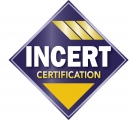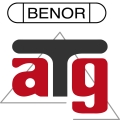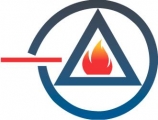Carbon monoxide kills! Each winter, several people lose their lives due to carbon monoxide (CO) gas poisoning in their bathroom or their kitchen. The cause is generally a poorly functioning heating apparatus or water heater, combined with poor room ventilation. Carbon monoxide is both invisible and odourless: it's a silent killer. A simple detector can alert people to the danger within minutes.
Carbon monoxide detectors are therefore an effective means of protection against CO poisoning. They must be CE marked in accordance with the EU's Electromagnetic Compatibility Directive or the Radio Equipment Directive. Contrary to what most consumers think, this CE marking does not attest to the device's detection performance. It only guarantees a minimum immunity level against electromagnetic disturbances, so that it can be sold in the European Union. Furthermore, sampling conducted by ANPI in recent years show that the devices available on the market which do not have a quality seal of approval, such as BOSEC, in addition to their CE marking, are often poor quality. Many of them react too late or do not react at all to CO gas. This is why BOSEC certification of CO detectors remains the benchmark for guaranteeing detection and alarm performance.
Effective detection and alarms therefore require the installation of a detector whose reliability is certified by BOSEC: a voluntary seal of approval that attests to their quality.
We conduct tests on CO alarms in accordance with the standards and specifications below, so that they can receive BOSEC certification.
NBN EN 50291-1 Electrical apparatus for the detection of carbon monoxide in domestic premises - Part 1: Test methods and performance requirements
NBN EN 50291-2 Electrical apparatus for the detection of carbon monoxide in domestic premises - Part 2: Electrical apparatus for continuous operation in a fixed installation in recreational vehicles and similar premises including recreational vessels - Additional test methods and performance requirements
NTN 167 L Alarm devices - Additional requirements for the BOSEC mark
You would like to receive further information about our test: laboratoires@anpi.be
You would like to receive a quotation: sales@anpi.be






